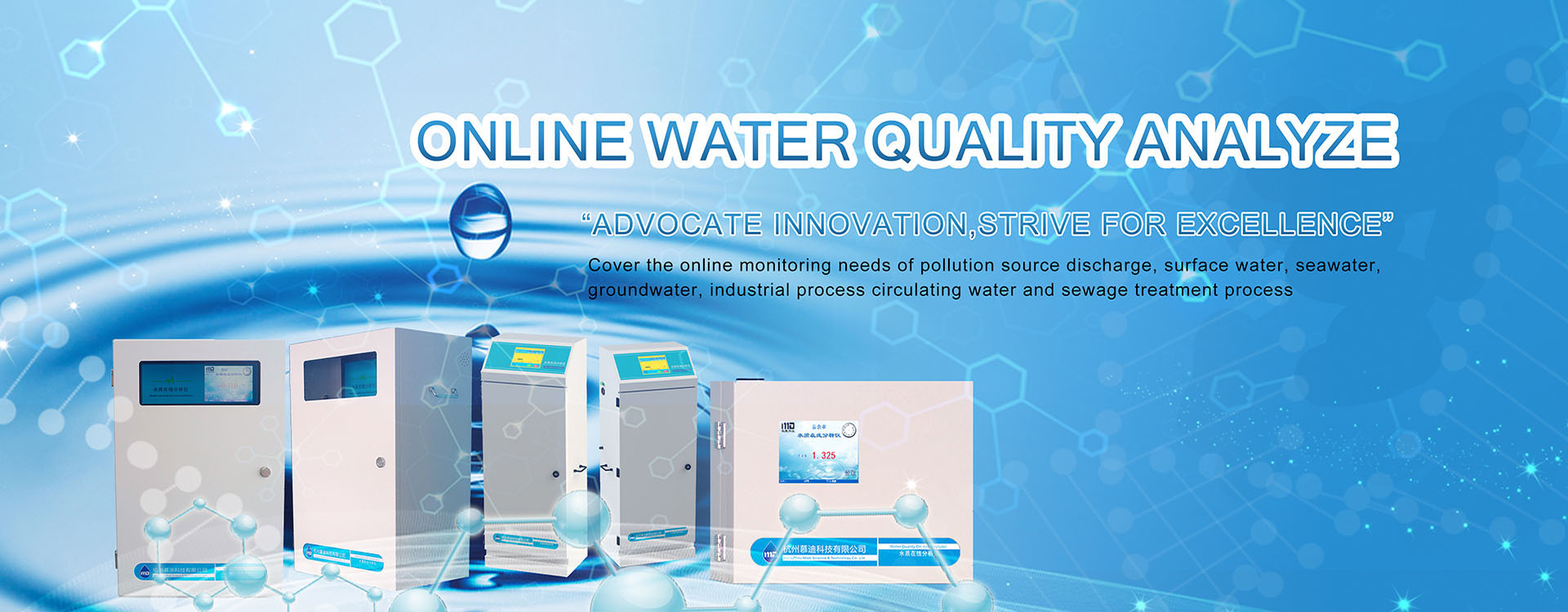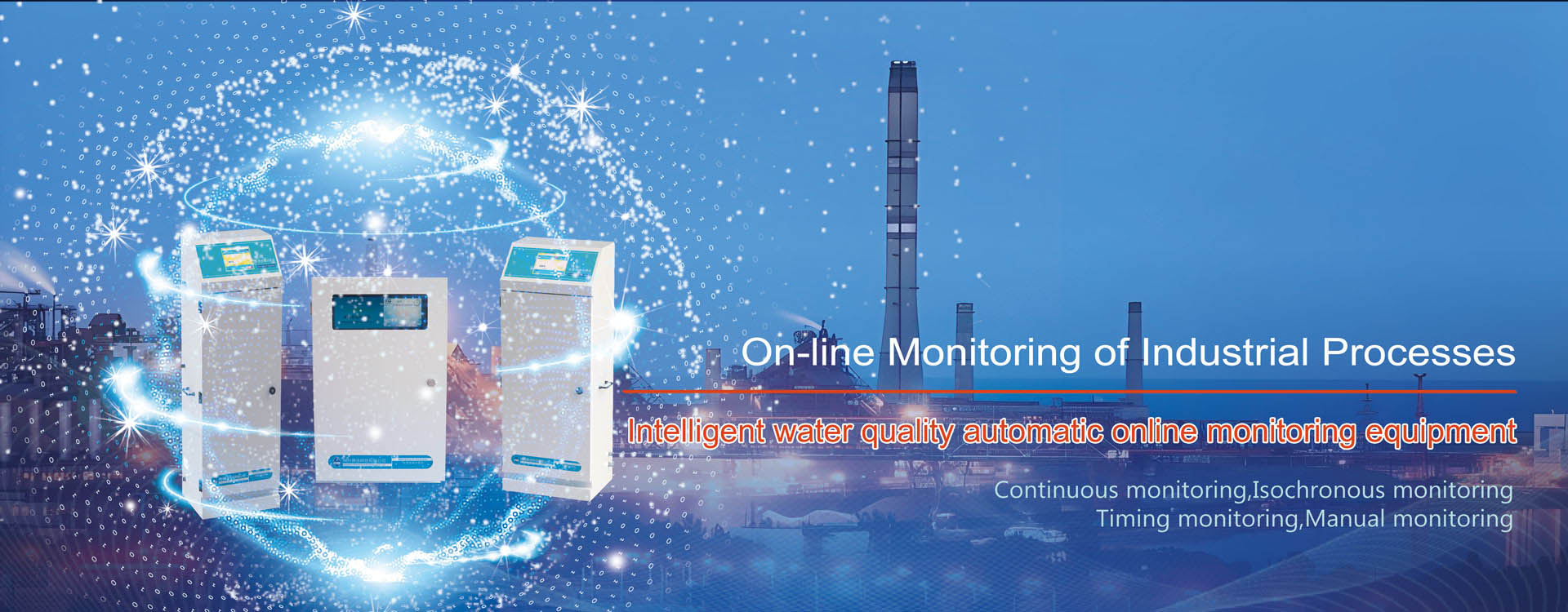The medical wastewater mentioned in this article mainly comes from various departments of the hospital, such as self-examination rooms, laundries, laboratories, hospital canteens, dormitories and other different areas. The wastewater discharged from these areas is collectively referred to as medical wastewater. These wastewater must be treated before being discharged. Now let’s take a look at the monitoring standards for residual chlorine in medical wastewater treatment together.
According to the discharge standard of water Pollutants for medical institutions GB 18466-2005, medical wastewater should be disinfected with chlorine-containing disinfectants. After disinfection, dechlorination treatment should be carried out (to make the total residual chlorine less than 0.5mg/L) before it can be discharged into surface water or sea areas. To know whether the total residual chlorine in water is less than the above standard, at this time, a total residual chlorine online analyzer can be used. This instrument can monitor the total residual chlorine in water in real time.
In addition, in medical institutions dealing with infectious diseases, chlorine-containing disinfectants are also used for disinfection in the water pollutant discharge limits. The requirement is that the contact time of the disinfection contact tank should be ≥1.5 hours, and the total residual chlorine at the outlet of the contact tank should be between 6.5 and 10mg/L. Among the comprehensive water pollutant discharge limits for medical institutions and other medical institutions, they can be divided into two standards. The first-level standard is that the base time is ≥1 hour, and the total residual chlorine at the outlet of the contact tank is 3 to 10m/L. The secondary standard is that the contact time is the same as the primary standard, but the total residual chlorine at the outlet is between 2 and 8mg/L.
Of course, online monitoring of medical wastewater not only tests for total residual chlorine, but also for parameters such as coliform bacteria, Escherichia coli, and total colony count, which all need to be detected in real time. Once they exceed the standards and are discharged with the wastewater, it will cause serious ecological pollution and harm.




